Bruce Arthur: Canadian women’s hockey team created a golden moment meant to last long after Beijing Olympics
BEIJING There are rules to Canada and the United States in Olympic women’s hockey, and one is there is cruelty at the end. When Canada had won its fifth gold medal in the last six Games and the U.S. had fallen, the moment was both alive and frozen: Canada throwing its equipment and hugging so hard their pads cracked and crying, crying. And the Americans, hollowed and watching, hugging slower, and crying too.That moment is one these two teams work for, train for, and competitively live for. There are other chances to prove their worth, to grow women’s hockey, not enough. None are a stage like this. It took half an hour to set up the podium and award the medals, one by one. It was a little more cruelty than usual.“It’s devastating,” said American icon Hilary Knight, who scored the first of the two American goals in a 3-2 loss. “I mean, it’s heartbreaking, right?”That’s how it was for Canada four years ago, when the U.S. finally broke through in Pyeongchang. The Canadian team then finished third at a world championships, and then the pandemic hit, and the run to this moment started there. It was a hard time for a program that had already lost every world championship dating back to 2013.“You know, it was a long haul of silvers, and a lot of soul searching in the program,” said Canadian stalwart Brianne Jenner, who had one assist in the final and won tournament MVP. “And I think this group didn’t really shy away from that. We were like, let’s be bold, let’s be brave, let’s go out see what we can do.“Like I said so many times in this tournament, everyone’s excited for each other’s success. We really care about each other, and you can see it the way we play on the ice, and the way we are in the dressing room. Just lucky to be a part of it.”There were so many explanations. The team bonded during regular Zoom calls, between centralization camps that brought them together. Head coach Troy Ryan encouraged more offensive risk-taking, within reason. So much was needed to play like this.“I mean, each one feels different because of the journey we’ve been on,” said longtime Canadian winger Natalie Spooner. “(Emily Clark) asked me that on the line as we were about to receive our medals: In 2014 we were the underdogs, we came back in a crazy fashion. 2018, losing. And now winning this again. I think this was probably one of our most dominant performances.”It was. Canada had three lines of offence, a solid back end, 20-year-old star Sarah Fillier, the record-setting Sarah Nurse, who became the first Black player to win Olympic gold in women’s hockey – she scored Canada’s first goal, and set a Canadian tournament record with 18 points – and a roster full of speed, hustle, fitness, and drive. They were still up two goals in the last 15 seconds; in this rivalry, that’s almost a blowout.The U.S., meanwhile was left to ponder. They lost star Brianna Decker. Goaltender Alex Cavallini played with a torn MCL. Knight said they didn’t play up to their ability, to what she has seen them do. The U.S. hit a couple posts, didn’t get the bounces, all that.And it was still a one-goal game, for all that. As always, in hockey you often need to give everything to have a shot at winning a coin flip, or more than one.Which meant the difference was Marie-Philip Poulin, again. Poulin scored Canada’s only two goals in the 2010 gold medal win; she scored two of Canada’s three goals in the 3-2 win in Sochi, both after Canada fell behind 2-1. She only scored once in Canada’s 3-2 shootout loss in Korea.And in Beijing Poulin scored two, including the winning Olympic goal for the third time. Imagine. She had to rely on her teammates at the end, after taking a tripping penalty late: she pounded on the glass, imploring them. The Americans only had 12.5 seconds left after they scored, and the 30-year-old Poulin went out and won the faceoff.“I honestly catch myself trying to envision a little bit of how she’s seeing the game, and then me trying to grasp that as a coach, and how I can use that to implement something that will benefit our team,” said Ryan. “And although she’s not always the most vocal, she’s not going to come and say a lot, but when she does speak, I always made sure that I’m paying attention and I’m listening because it’s probably something special, and something that I can learn from as a coach, and something that’s going to benefit our team.“That may not sum it up, but it sums it up very much for me. She’s a special player, special person, and she’s done a great job leading this team to a gold medal.”Poulin said she will go to a fifth Olympics. She was asked, in French, how she does this.“I ask myself that too,” she said. “I don’t know. There are angels above that are with me.” She was asked who her angels were, and she named three: Henri-Roch, Marie-Reine and Joseph. She then named almost everyone in the Canadian program, to give them credit.“Good things happen to good people, and to be honest, when you surround yourself with great people,
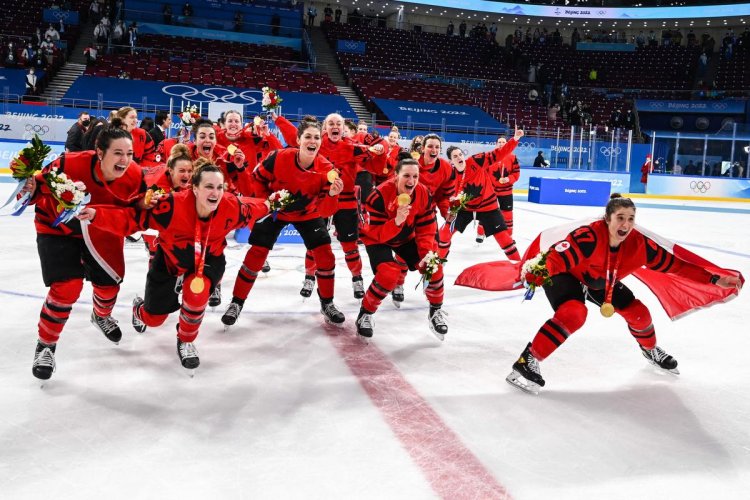

BEIJING There are rules to Canada and the United States in Olympic women’s hockey, and one is there is cruelty at the end. When Canada had won its fifth gold medal in the last six Games and the U.S. had fallen, the moment was both alive and frozen: Canada throwing its equipment and hugging so hard their pads cracked and crying, crying. And the Americans, hollowed and watching, hugging slower, and crying too.
That moment is one these two teams work for, train for, and competitively live for. There are other chances to prove their worth, to grow women’s hockey, not enough. None are a stage like this. It took half an hour to set up the podium and award the medals, one by one. It was a little more cruelty than usual.
“It’s devastating,” said American icon Hilary Knight, who scored the first of the two American goals in a 3-2 loss. “I mean, it’s heartbreaking, right?”
That’s how it was for Canada four years ago, when the U.S. finally broke through in Pyeongchang. The Canadian team then finished third at a world championships, and then the pandemic hit, and the run to this moment started there. It was a hard time for a program that had already lost every world championship dating back to 2013.
“You know, it was a long haul of silvers, and a lot of soul searching in the program,” said Canadian stalwart Brianne Jenner, who had one assist in the final and won tournament MVP. “And I think this group didn’t really shy away from that. We were like, let’s be bold, let’s be brave, let’s go out see what we can do.
“Like I said so many times in this tournament, everyone’s excited for each other’s success. We really care about each other, and you can see it the way we play on the ice, and the way we are in the dressing room. Just lucky to be a part of it.”
There were so many explanations. The team bonded during regular Zoom calls, between centralization camps that brought them together. Head coach Troy Ryan encouraged more offensive risk-taking, within reason. So much was needed to play like this.
“I mean, each one feels different because of the journey we’ve been on,” said longtime Canadian winger Natalie Spooner. “(Emily Clark) asked me that on the line as we were about to receive our medals: In 2014 we were the underdogs, we came back in a crazy fashion. 2018, losing. And now winning this again. I think this was probably one of our most dominant performances.”
It was. Canada had three lines of offence, a solid back end, 20-year-old star Sarah Fillier, the record-setting Sarah Nurse, who became the first Black player to win Olympic gold in women’s hockey – she scored Canada’s first goal, and set a Canadian tournament record with 18 points – and a roster full of speed, hustle, fitness, and drive. They were still up two goals in the last 15 seconds; in this rivalry, that’s almost a blowout.
The U.S., meanwhile was left to ponder. They lost star Brianna Decker. Goaltender Alex Cavallini played with a torn MCL. Knight said they didn’t play up to their ability, to what she has seen them do. The U.S. hit a couple posts, didn’t get the bounces, all that.
And it was still a one-goal game, for all that. As always, in hockey you often need to give everything to have a shot at winning a coin flip, or more than one.
Which meant the difference was Marie-Philip Poulin, again. Poulin scored Canada’s only two goals in the 2010 gold medal win; she scored two of Canada’s three goals in the 3-2 win in Sochi, both after Canada fell behind 2-1. She only scored once in Canada’s 3-2 shootout loss in Korea.
And in Beijing Poulin scored two, including the winning Olympic goal for the third time. Imagine. She had to rely on her teammates at the end, after taking a tripping penalty late: she pounded on the glass, imploring them. The Americans only had 12.5 seconds left after they scored, and the 30-year-old Poulin went out and won the faceoff.
“I honestly catch myself trying to envision a little bit of how she’s seeing the game, and then me trying to grasp that as a coach, and how I can use that to implement something that will benefit our team,” said Ryan. “And although she’s not always the most vocal, she’s not going to come and say a lot, but when she does speak, I always made sure that I’m paying attention and I’m listening because it’s probably something special, and something that I can learn from as a coach, and something that’s going to benefit our team.
“That may not sum it up, but it sums it up very much for me. She’s a special player, special person, and she’s done a great job leading this team to a gold medal.”
Poulin said she will go to a fifth Olympics. She was asked, in French, how she does this.
“I ask myself that too,” she said. “I don’t know. There are angels above that are with me.” She was asked who her angels were, and she named three: Henri-Roch, Marie-Reine and Joseph. She then named almost everyone in the Canadian program, to give them credit.
“Good things happen to good people, and to be honest, when you surround yourself with great people, good things happen,” she said.
That is the story of the Canadian national women’s team, all in all. They were a study in joy on and off the ice, and you could almost see the connection. Jenner talked about how the puck movement was at a higher level than ever before in the women’s game, and hoped girls were watching. Ryan did, too.
“Now I’d like to think some of the offensive side can be picked up (by) young girls playing the game,” he said, “but also just this side of being a great teammate, and actually enjoying themselves under so much pressure. I think that’s something that a lot of a young girls can take from watching this team.”
American Kendall Coyne talked about kids watching, too, except for her it hurt. She hadn’t lost her composure talking about the game, even though it clearly gutted her. She lost her composure talking about the future of the sport.
“There’s a lot of young girls watching back home and I hope ...” the U.S. captain began, before stopping, choking, speaking through tears. “Women’s hockey cannot be silent after these two weeks. They need to be able to see themselves in us. It can’t just not be visible because it’s not the Olympic Games. So we need to we need to continue to push for visibility, we need to continue to fight for women’s hockey, because it’s not good enough. It can’t end at the Olympic Games.”
That was the underlying music here. There is nothing quite like an Olympic final in women’s hockey between these teams: it is the sport at its highest level. But the state of women’s professional hockey remains haphazard and scrambled, and the NHL hasn’t done enough, and it could be fixed.
And if nothing else, this is another moment to hope against hope. Every time these women play we see the same thing: brilliant athletes who give everything for the sport, who know the cruelty that could result, and who do it anyway. Maybe something will change. It would be nice if they had more to look forward to before doing this again.
Bruce Arthur is a Toronto-based columnist for the Star. Follow him on Twitter: @bruce_arthur










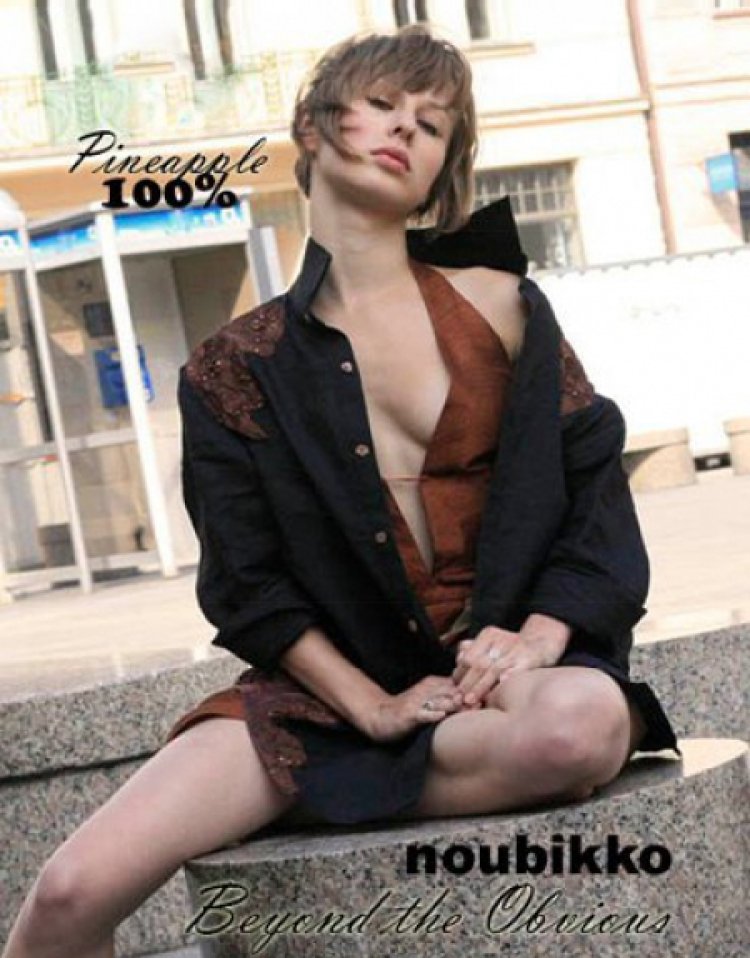
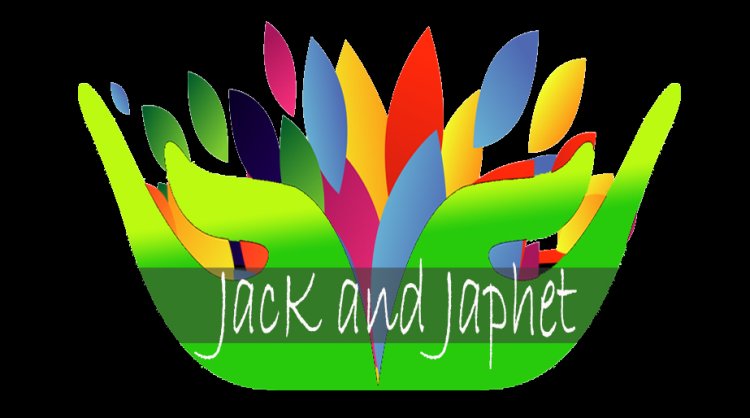

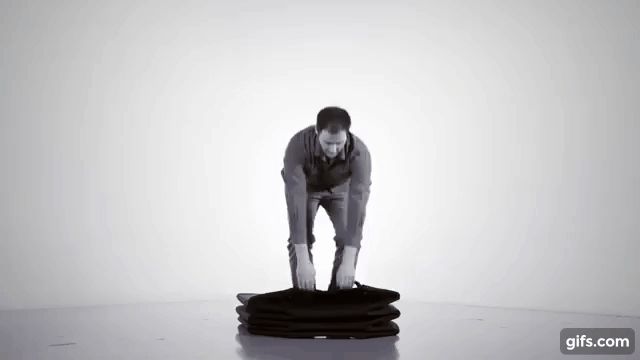
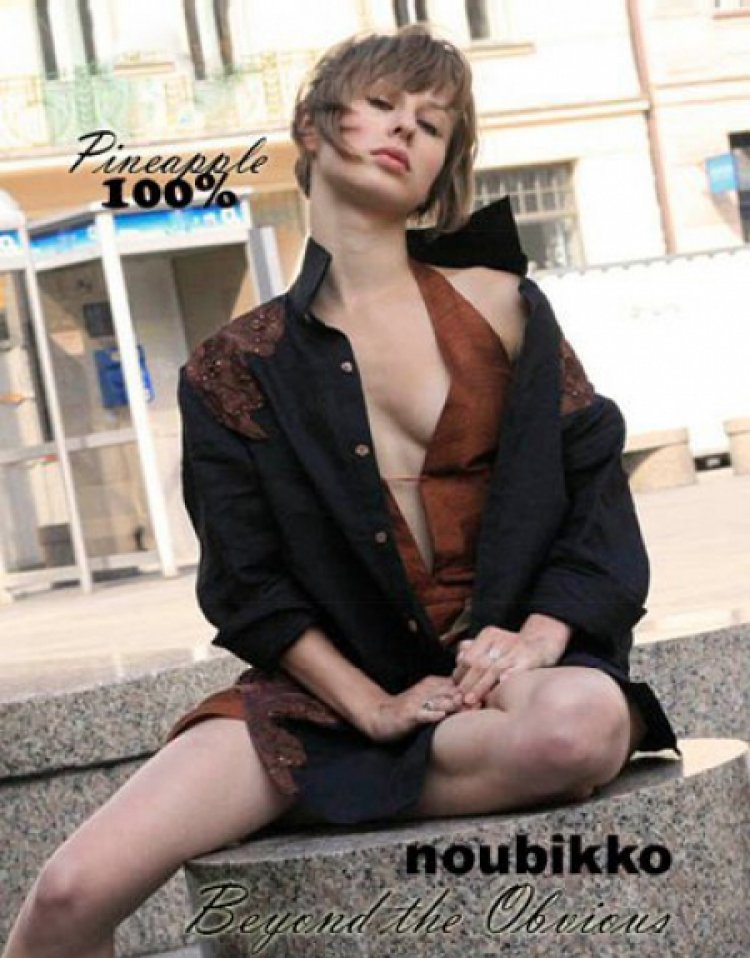
:quality(85):upscale()/2024/11/27/891/n/1922398/123acea767477facdac4d4.08554212_.jpg)




